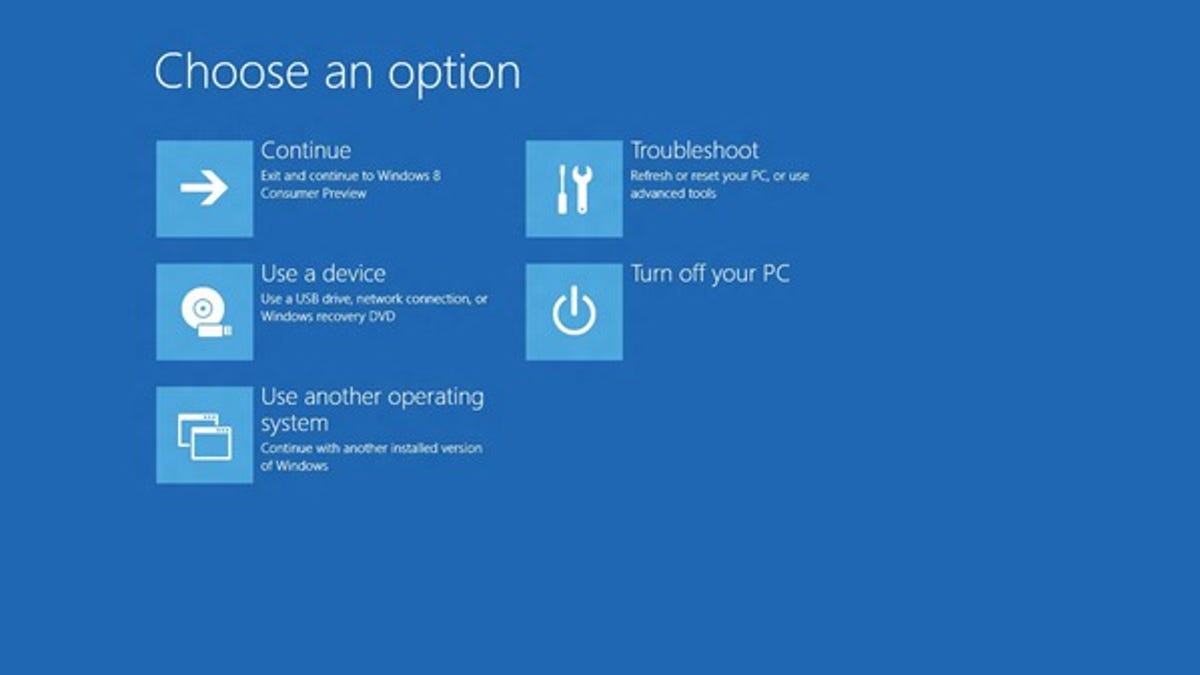Is it a problem if Windows 8 boots too quickly?
Microsoft's forthcoming operating system boots so quickly that you will miss those familiar prompts.

Really fast boot times on Windows 8 hardly sounds like a problem. But it is. Here's why.
Startup can be so fast that you whiz by familiar sign posts that prompt for input, wrote Chris Clark, a program manager in the Windows User Experience team, today in a Building Windows 8 blog post.
"When you turn on a Windows 8 PC, there's no longer [enough time] to detect keystrokes like F2 or F8, much less time to read a message such as 'Press F2 for Setup'," Clark said.
On a solid-state drive-equipped ultrabook, for example, Windows 8 can boot in less than seven seconds. Microsoft demonstrated the fast boot last year. (And, by the way, sub-10-second boots is one reason most ultrabooks today come with SSDs.)
"We have SSD-based UEFI systems where the 'F8 window' is always less than 200 milliseconds. No matter how fast your fingers are, there is no way to reliably catch a 200 millisecond event," according to Clark. (See the FAQ explaining the difference between a BIOS and UEFI. Suffice to say, on newer PCs, including those shipping with Windows 8, UEFI is used instead of the more antiquated BIOS.)
Microsoft's solution, in short, kills the F8 key prompt -- or any other hard key prompts.
For example, when booting to an alternative USB drive or network, Windows 8 UEFI-based devices will get a screen (see image above) with a "Use a device" button alongside other boot options.
And what about older systems, you ask? "Legacy hardware that was made before Windows 8 will not have these new UEFI-provided menu features," Clark wrote. "The firmware on these devices will continue to support...messages such as 'Press F2 for Setup'...There is still time for keystrokes like this to work...on these legacy devices," according to Clark.
In the image directly above, Microsoft has added Windows Startup Settings. These include items such as "disable driver signing" and "debugging mode," as well as Safe Mode and several other options.
See Clark's post for a more detailed explanation that covers other boot scenarios.
Updated throughout at 9:00 p.m. PDT.
Related video:

